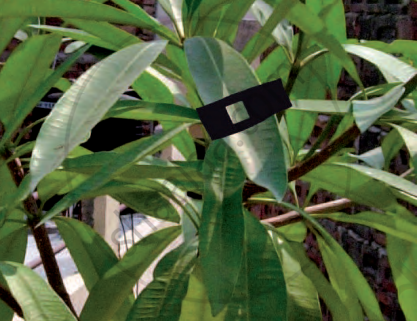Advertisements
Advertisements
Question
Fill in the blanks of the paragraph given below with the words provided in the box.
Leaves have a green pigment called (a)______ which captures (b)______ from sunlight. This (c)______ is used in the process of (d)______ and along with other raw materials like (e)______ and (f)______ synthesize (g)______ .
Solution
Leaves have a green pigment called (a) chlorophyll which captures (b) energy from sunlight. This (c) energy is used in the process of (d) photosynthesis and along with other raw materials like (e) carbon dioxide and (f) water synthesize (g) food.
APPEARS IN
RELATED QUESTIONS
Define the following:
Saprozoic
Name the sources of the following:
Lactose
Spot the following in the table of vitamins and minerals.
Vitamins/minerals present in milk.
Classify according to food-type.
Tick
Why do living organisms need nutrition?
Short Answer Type Questions:
What are the functions of carbohydrates?
Match the following.
| Column A | Column B | ||
| (1) | Fats | (a) | Jowar |
| (2) | Proteins | (b) | Oil |
| (3) | Vitamins | (c) | Bran of cereals |
| (4) | Minerals | (d) | Pulses |
| (5) | Starchy foods | (e) | Iron |
Read the food items given below.
- Wheat
- Ghee
- Iodised salt
- Spinach (palak)
Which of the above food items are “energy giving foods”?
Mention two components of food that do not provide nutrients.
Take a potted plant with broad leaves. Take two strips of black paper and cut out a small square in the centres. Cover a part of two leaves with these papers and secure them with paper clips Figure. Keep the plant in sunlight for 2–5 days. Observe the difference in the colour of the covered and the uncovered portions on the leaf. Perform iodine test on this leaf. Did the two parts show different results? Now take second leaf. Remove the strip and expose the covered part to the sunlight for 2–3 days and do the iodine test again. Describe your observations.

